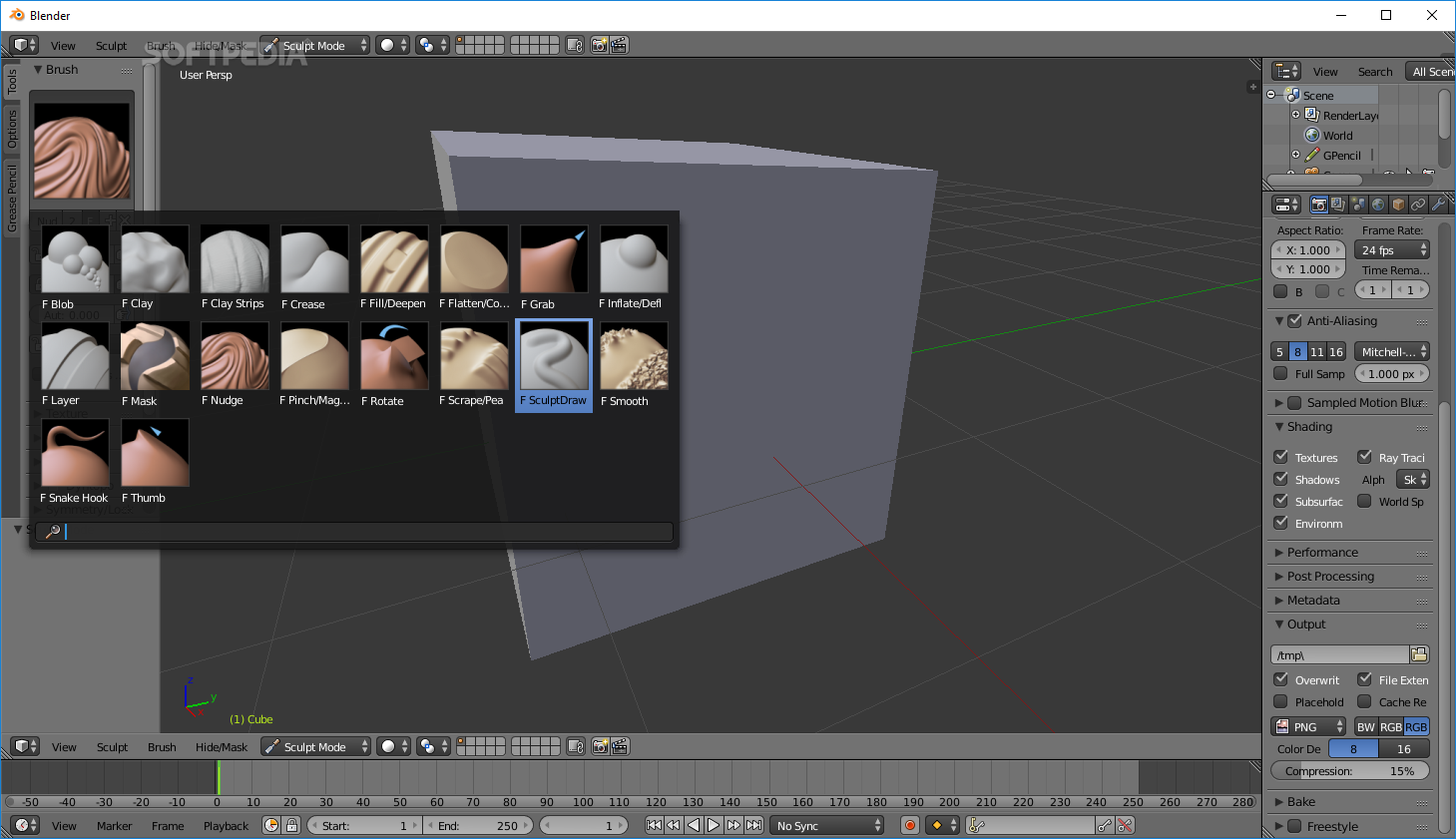

- #OPENGL 2.0 WINDOWS DRIVERS#
- #OPENGL 2.0 WINDOWS DRIVER#
- #OPENGL 2.0 WINDOWS FULL#
- #OPENGL 2.0 WINDOWS ANDROID#
- #OPENGL 2.0 WINDOWS WINDOWS#
Khronos announced many months ago the Vulkan Portability Initiative, which we found really interesting but was far from being functional. Having to write a Metal backend to support this OS is a lot of effort for a platform not used very much.

Still, the lack of support on macOS made it unappealing.
#OPENGL 2.0 WINDOWS DRIVER#
While none of the problems on the desktop side are serious (users have so far mostly reported performance problems on old Intel IGPs, or extreme corner cases), Vulkan was always a tempting alternative to solve them and to ensure we are much safer from driver bugs (after all, this is what the API was intended for). 45 FPS where you would expect 60 if you have an Intel HD 5000). While the performance hit is not really that bad (you can't expect much from this type of hardware), it's enough that compared to other engines (which may use Direct3D and Metal) Godot may seem a bit slower (e.g.

The same hardware running Linux has considerably better performance.
#OPENGL 2.0 WINDOWS WINDOWS#
Intel GPUs on Windows and macOS have pretty unoptimized OpenGL drivers. Again, this is easy to workaround using batching or instancing and does not happen often, but it's one more step. as they do in engines that use Direct3D 12. Still many new users may not be aware of this and do things in less efficient ways, yet expect them to work. These cases are easy to workaround if they ever happen, as they have been the same sort of limitations OpenGL always had (state validation before drawing can take some time).
#OPENGL 2.0 WINDOWS DRIVERS#
While the Godot 3.0 renderer works great for the most part on NVidia and AMD, there are some corner cases (which are pretty difficult to come by) where the OpenGL 3.3 drivers are not optimized as we would like. It seems that for nicer performance and compatibility, we will be forced to use WebGL 1.0 for the time being (based on the upcoming OpenGL ES 2.0 backend).
#OPENGL 2.0 WINDOWS ANDROID#
While WebGL 2 works on Firefox and Chrome (and even runs great on Android mobile), it still does not on the other platforms.Īdded to that, Godot 3.0 uses quite complex shaders which, while they work fine on WebGL 2, take a long time to compile on Windows due to the Angle GLSL validation and compilation to HLSL. Fortunately, Godot 3.1 will come with a new OpenGL ES 2.0 backend that will make Godot work great on mobile again. This means we have lost a third of the reasons to use OpenGL ES 3.0.

This led us to the conclusion that we will need to ship an OpenGL ES 2.0 driver that works in the same way as Godot 2.x (though, including PBR support) in order to achieve maximum compatibility. Save for Tegra, all other platforms (Adreno, Mali and PowerVR) are buggy and this prevented implementing many potential optimizations for the sake of stability.
#OPENGL 2.0 WINDOWS FULL#
Most drivers are outright full of bugs, which translates directly to crashes that don't make any sense. This segment is not decreasing fast enough and it seems it will be many years until all devices are fully 3.0 compliant.Īdded to that is the terrible driver support for OpenGL ES 3.0 on Android. Still, there seems to be a large chunk of them (36% at the time of this writing) that only support OpenGL ES 2.0. On Android, it is supported in most of the mobile devices in the market. OpenGL ES 3.0 works, nowadays, in all versions of iOS. Yet, in reality, many things did not go as expected. OpenGL ES 3 provided sufficient functionality to implement most modern rendering features and have something that looks really good (as you can see in all the images and videos we posted). Single codebase for everything is like a dream come true for writing an engine. This sounds really good in theory and we could say it almost works. The rationale for the OpenGL ES 3 renderer was having a single codebase for targeting all platforms: See About Godot 4, Vulkan, GLES3 and GLES2 for up-to-date information about the planned rendering backends transition. We are not abandoning the current OpenGL ES 3.0 backend right now: as outlined in the post, we will start working on a Vulkan backend, which will eventually coexist with the OpenGL ES 2.0 and 3.0 backends - and eventually we might deprecate the OpenGL ES 3.0 backend if Vulkan cuts it.Įdit 2: This article is now outdated. Moving to Vulkan (and ES 2.0) instead of OpenGL ES 3.0Įdit: Changed post title for clarity (previously Abandoning OpenGL ES 3.0 for Vulkan (and ES 2.0)).


 0 kommentar(er)
0 kommentar(er)
